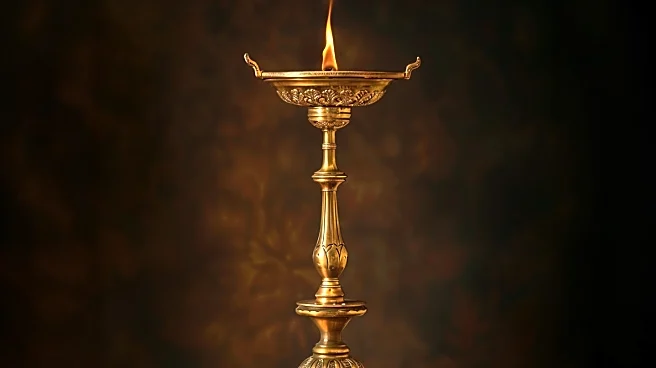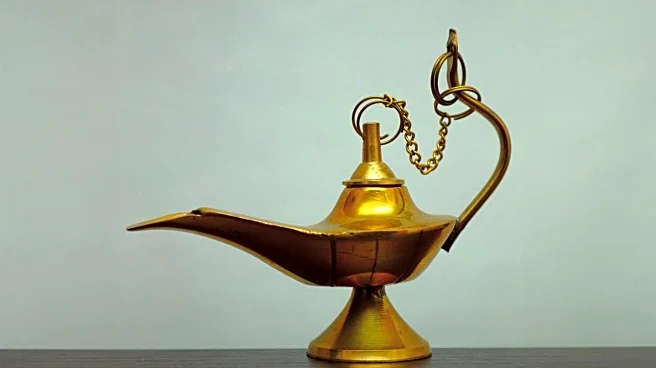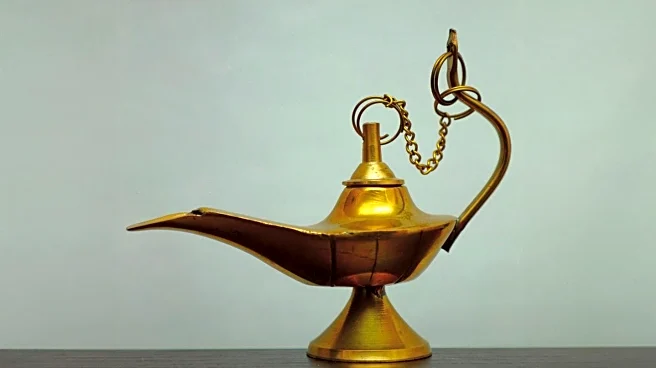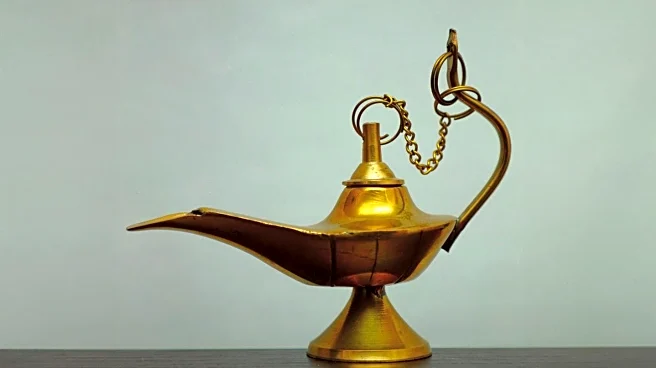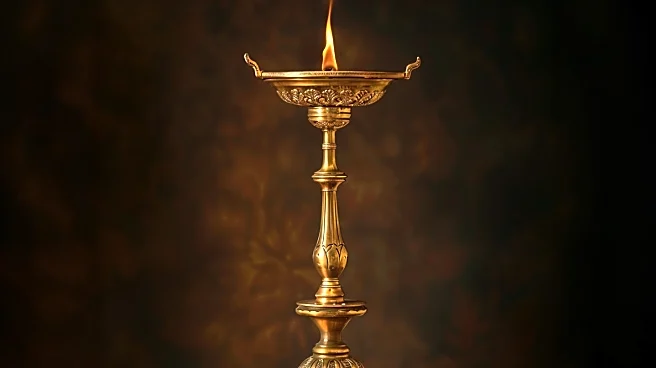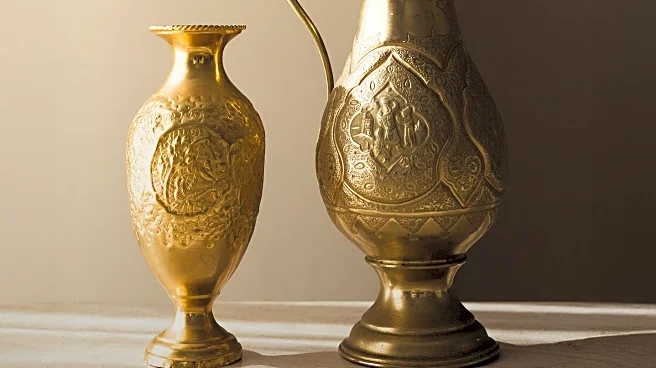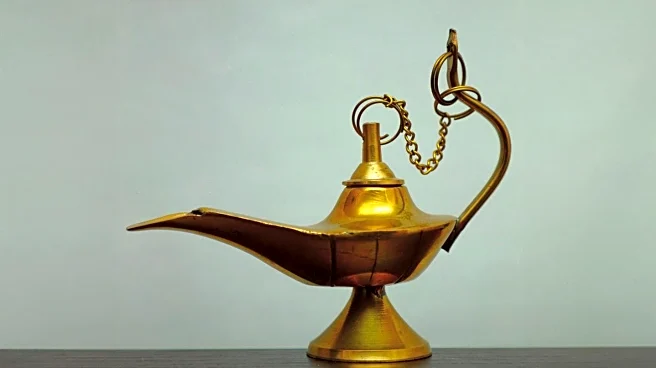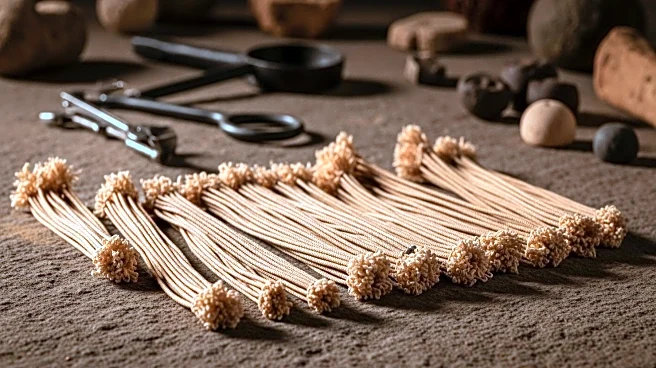What's Happening?
Archaeologists have discovered what may be the oldest known lamp wicks in Israel, dating back 4,500 years. The wicks were found in tombs during a salvage dig in Yehud, central Israel, and were preserved inside ancient oil lamps. The wicks, made of linen, had become fossilized, allowing researchers to identify them despite the semi-arid climate that typically prevents organic material from surviving. This discovery provides insight into ancient lighting technology and the use of textiles in the Bronze Age.
Why It's Important?
The discovery of these ancient wicks offers valuable information about early human innovation and the development of lighting technology. It sheds light on the daily lives and burial practices of people during the Intermediate Bronze Age. Such findings contribute to our understanding of historical advancements and cultural practices, enriching the field of archaeology.
Beyond the Headlines
The preservation of these wicks highlights the potential for archaeological discoveries to reveal unexpected details about ancient civilizations. It underscores the importance of continued exploration and excavation in regions with rich historical significance, as new findings can reshape our understanding of the past.
